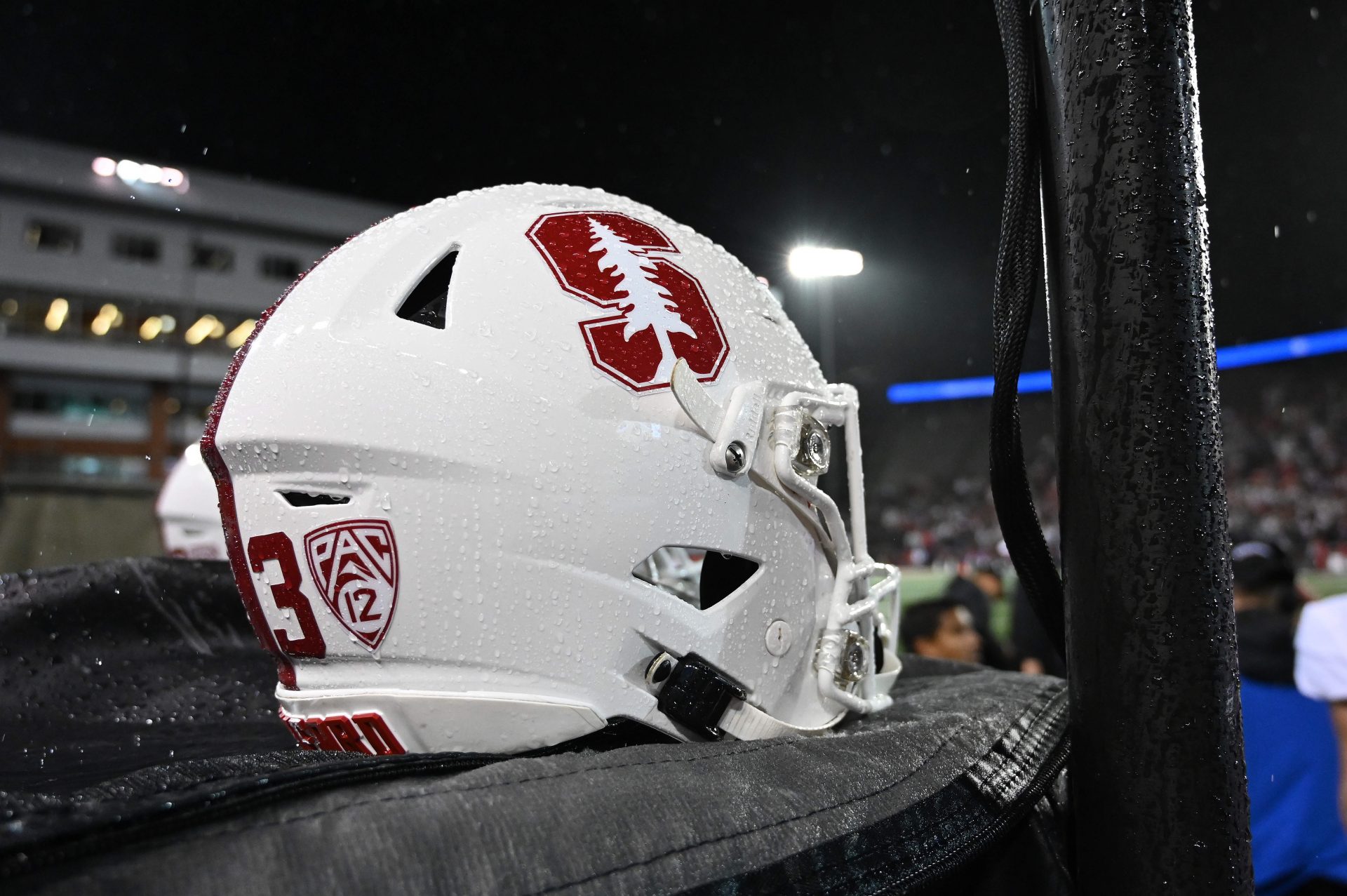The Pac-12 may be a relic of the past, but Stanford football isn’t going anywhere. They’re charging into their second season in the Atlantic Coast Conference (ACC) with a fresh outlook, a young core, and a whole lot to prove. Last year was about navigating a new landscape—cross-country travel, unfamiliar opponents, and a brutal 3–9 record. But now, with a year of battle scars and lessons learned, Stanford is finally in a position to start pushing forward in the ACC.

Stanford Cardinal 2025 Schedule
Stanford’s 2025 schedule is jam-packed, cross-country, and potentially season-defining. The Cardinal will play seven conference games and four non-conference matchups—including a season opener in Hawaii—and they’ll close out the regular season with a classic rivalry and a national powerhouse. Here’s the full layout:
- Aug. 23- at Hawai’i (Honolulu, HI)
- Sept. 6 – at BYU (Provo, UT)
- Sept. 13 – vs. Boston College
- Sept. 20 – at Virginia
- Sept. 27 – vs. San Jose State
- Oct. 11 – at SMU*
- Oct. 18 – vs. Florida State (Reunion Homecoming)
- Oct. 25 – Miami
- Nov. 1 – vs. Pittsburgh
- Nov. 8 – North Carolina
- Nov. 22 – vs. California (128th Big Game)
- Nov. 29 – vs. Notre Dame
- Dec. 6 – ACC Championship Game (Charlotte, NC)
Stanford’s travel miles will once again be among the highest in the nation, with trips from Honolulu to Miami and everywhere in between. This year, though, they’ll get six games at home—a small but meaningful shift that could impact the win column.
Last season, Stanford struggled with injuries, inconsistency at quarterback, and a leaky defense that surrendered 36.3 points per game—second worst in the ACC. With more stability at key positions and a schedule that mixes traditional rivals with winnable conference games, there’s cautious optimism that the Cardinal can claw their way out of the conference basement.
A Closer Look: Where Are the Wins?
Stanford doesn’t need a perfect season. They just need progress. Let’s break down the games that could make or break their shot at a bowl appearance.
Hawai’i One is a manageable opener, even with the long flight. Stanford will be favored here, especially if they want to start building momentum. BYU could be a tricky matchup in high elevation against a physical team. This one’s a toss-up.
Boston College is a crucial early ACC test at home. Both programs are in rebuild mode, so this could be an early litmus test. Then comes Virginia (Sept. 20); it’s another opportunity to grab a road win against an ACC team that’s also struggled recently. San Jose State (Sept. 27) is the most winnable game on the slate. Stanford can’t afford to stumble here.
From there, the gauntlet begins: SMU, Florida State, Miami, and UNC all present serious challenges. Stanford lost 56–28 to SMU last year, but this time the Mustangs are without star quarterback Preston Stone. Florida State remains elite, though they’ll be breaking in a new QB after Jordan Travis’s departure. Miami and UNC? Both have dangerous offenses and fast defenses—tough matchups for a still-developing Cardinal team.
Pittsburgh (Nov. 1) could be a sneaky win if the Cardinal can control the clock at home. And then there’s the Big Game against Cal, which will again be a toss-up, regardless of standings. Last season’s 27–15 loss stung—especially with bowl eligibility off the table—but rivalry games are their own animal.
Finally, Notre Dame closes the schedule. The Irish will likely be top-15 again, making it a long shot, but a win would be a season-defining upset.
What Would Count as Success in 2025?
Realistically, Stanford fans should be looking at five to seven wins as the target range. A 6–6 record and bowl eligibility would be a major step in the right direction. Even 5–7, with close games against top-tier opponents, could be acceptable if the team shows tangible growth.
“We learned a lot last year,” Coach Taylor said in a spring media session. “Every trip, every fourth quarter, every mistake—it all goes into what we’re building. I truly believe we’ll be better for it this fall.”
KEEP READING: Colorado 2025 Football Schedule: Who Do the Buffaloes Face Without Shedeur Sanders, Travis Hunter?
There’s still work to do, but the bones are there. A competent, talented young quarterback. A pass rusher who can change games. A coaching staff that’s staying the course. If Stanford can remain healthy, tighten up defensively, and steal a couple of road wins, 2025 might just be the season they begin to reintroduce themselves—not just to the ACC, but to the national stage.
College Sports Network has you covered with the latest news, analysis, insights, and trending stories in football, basketball, and more!

